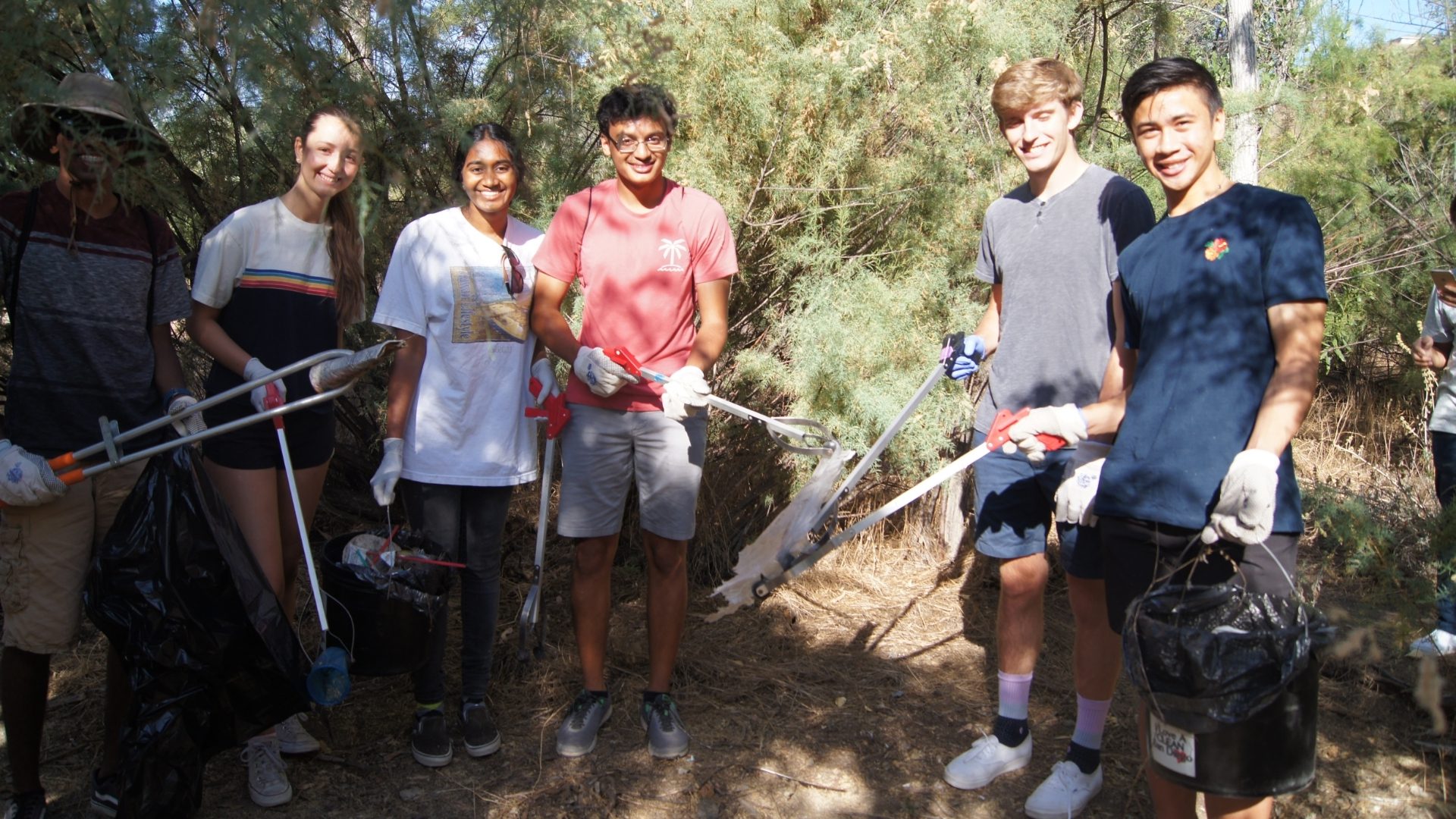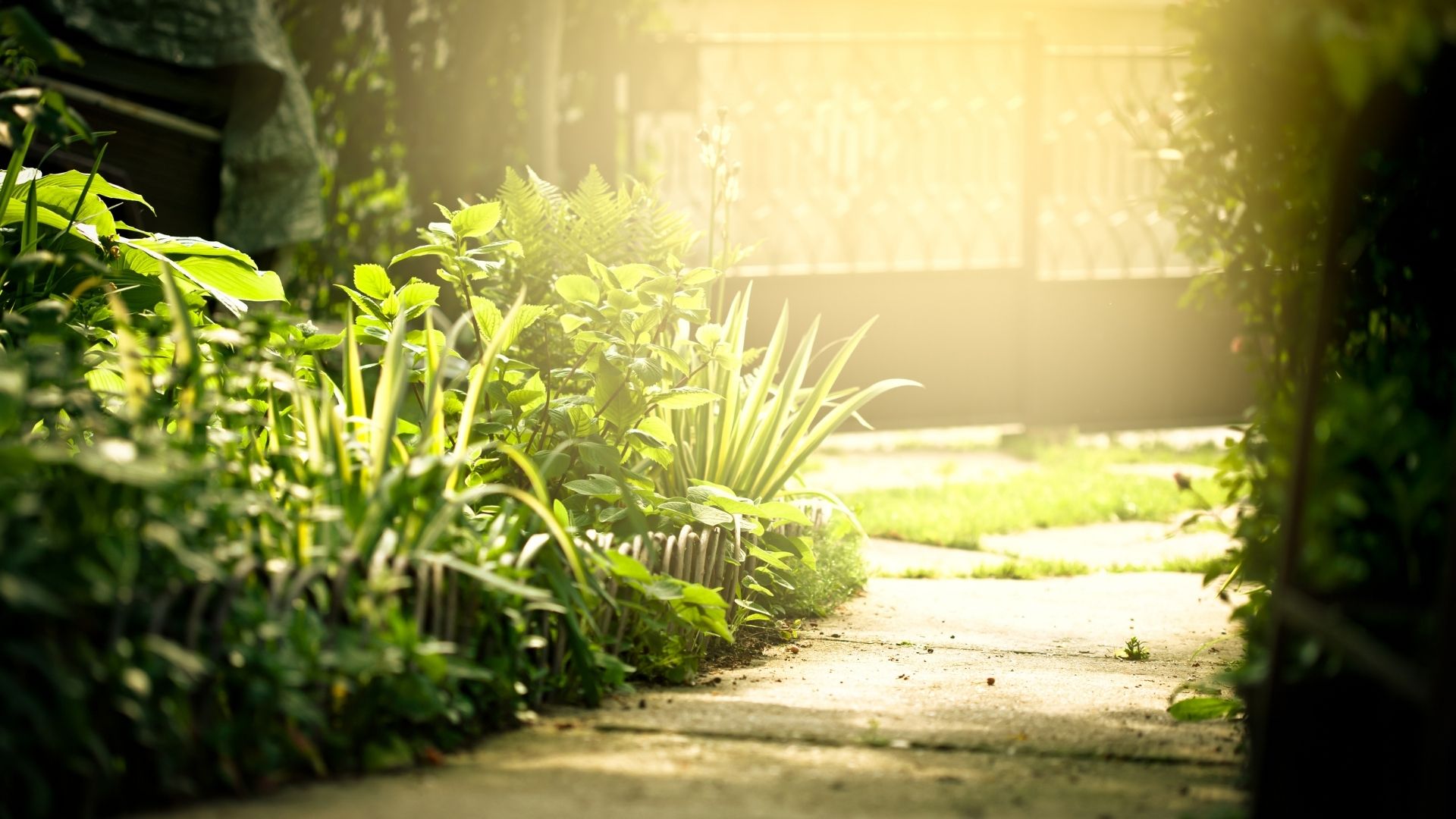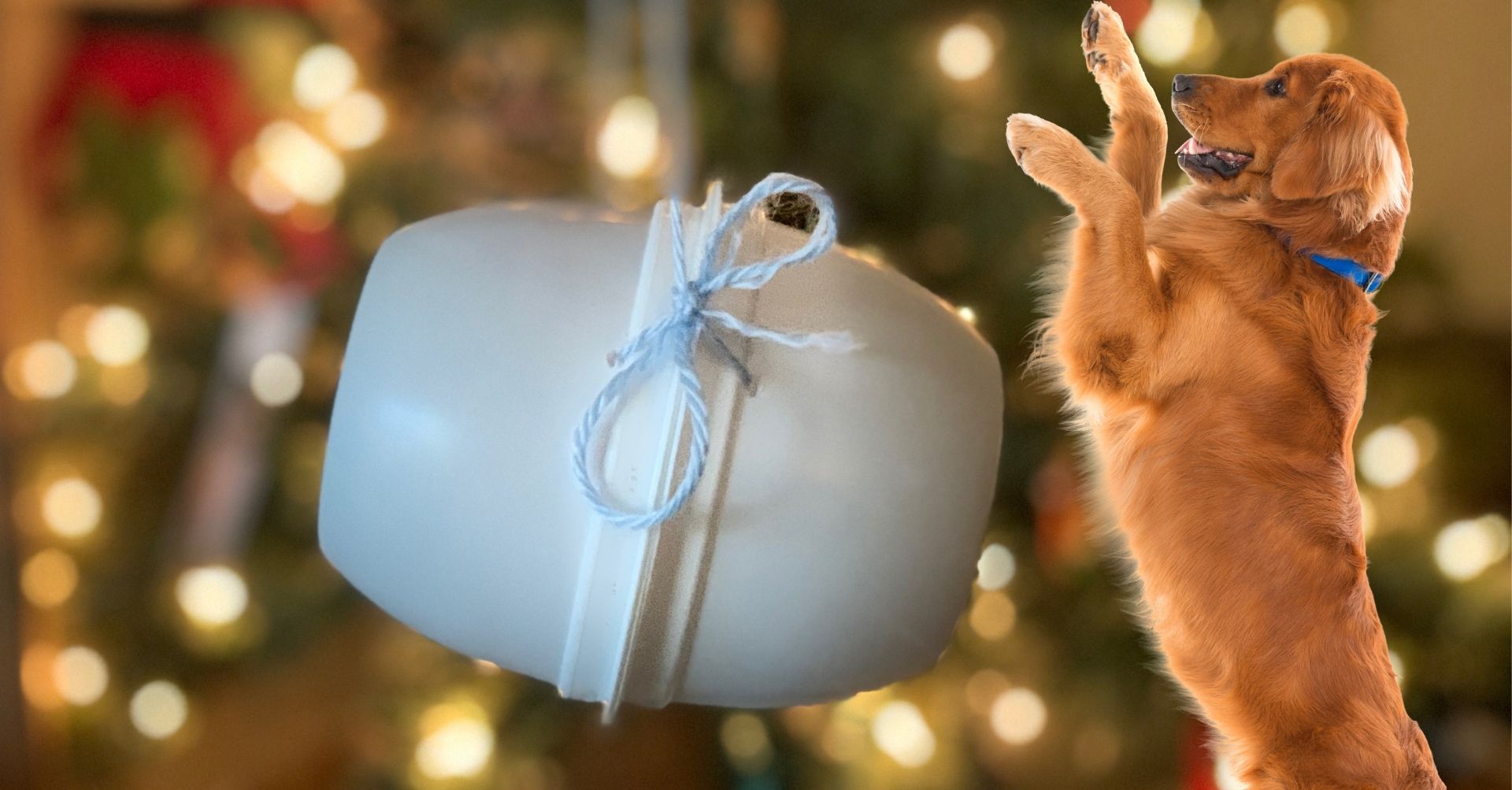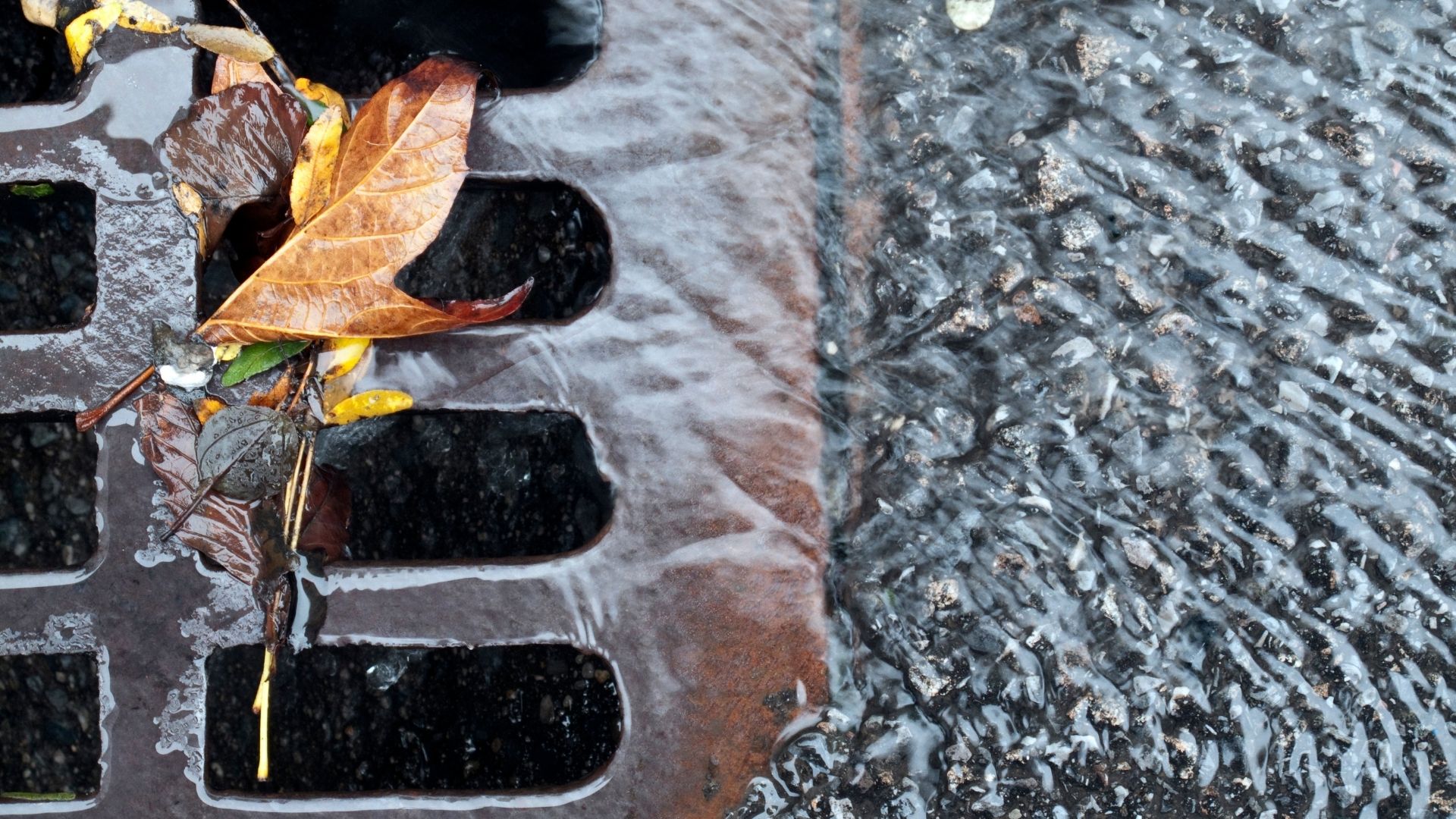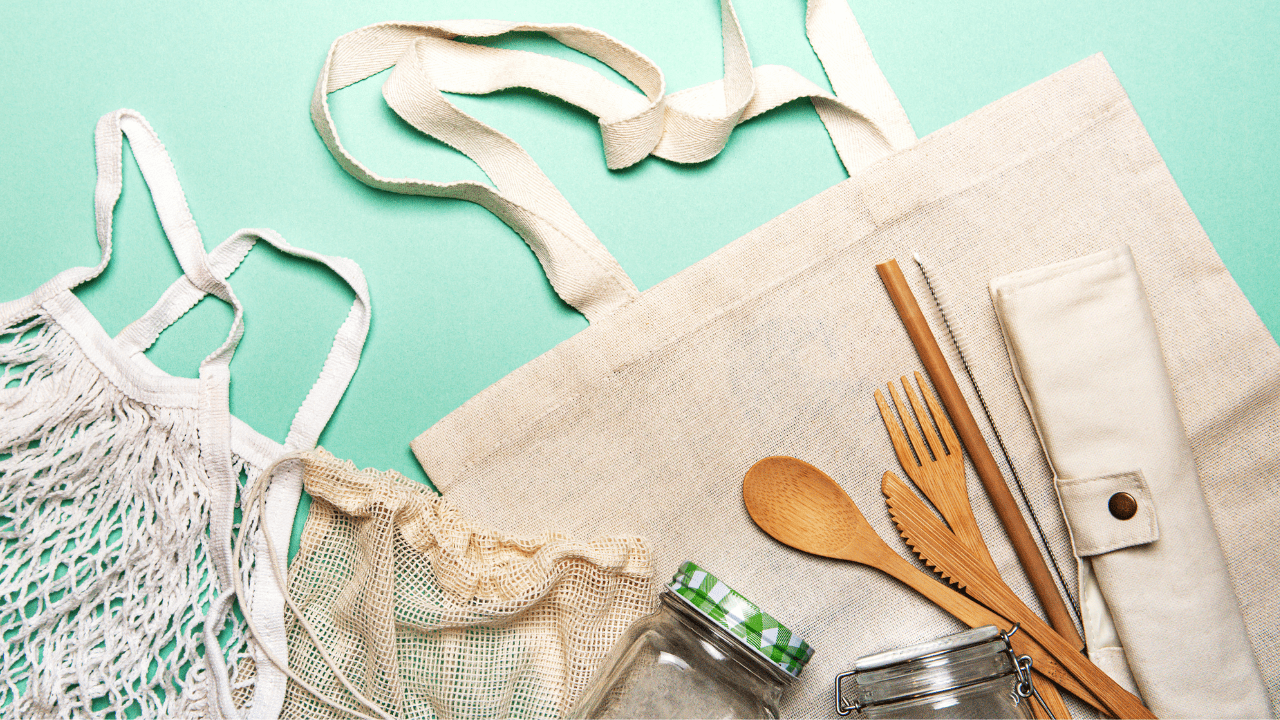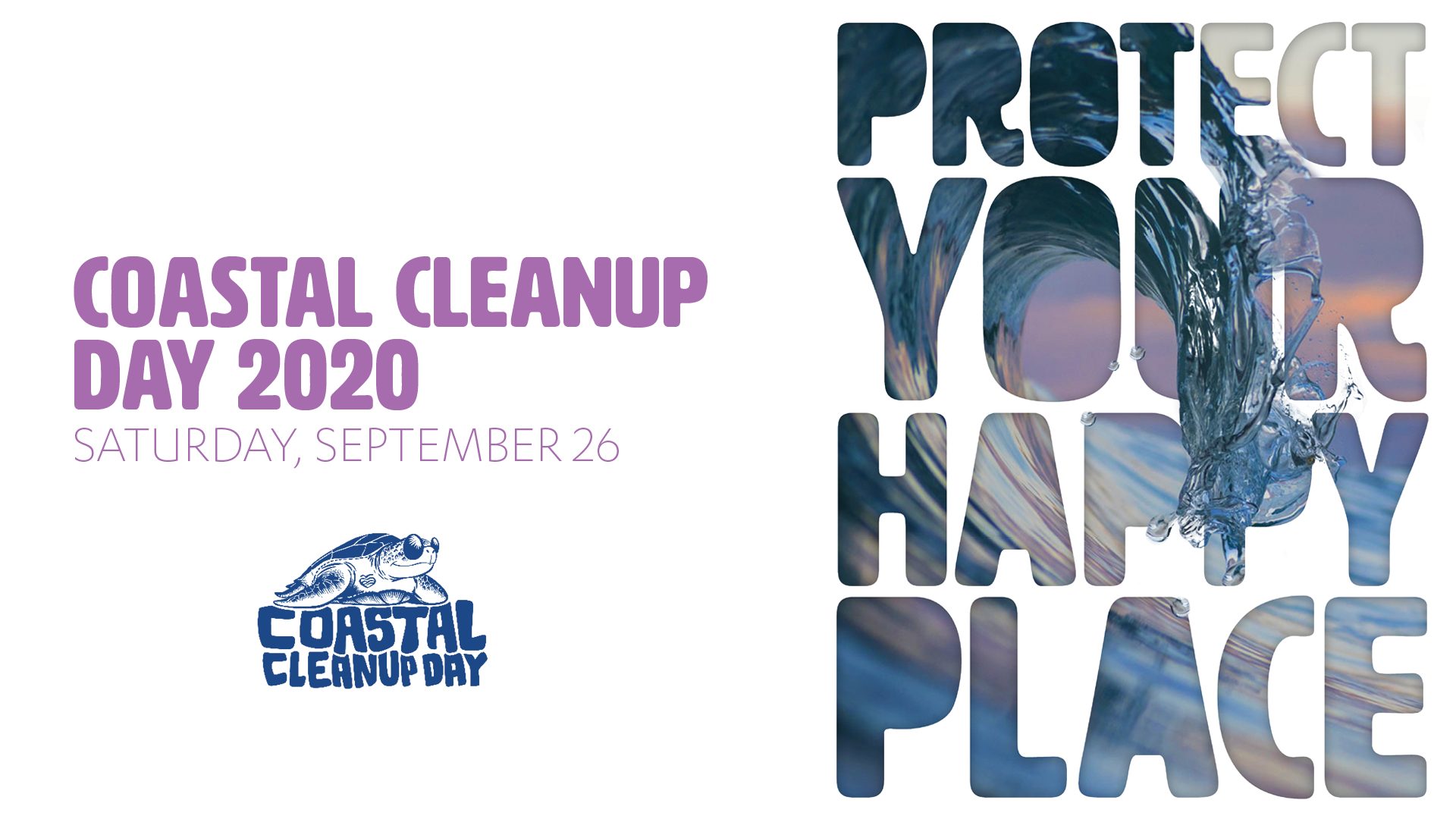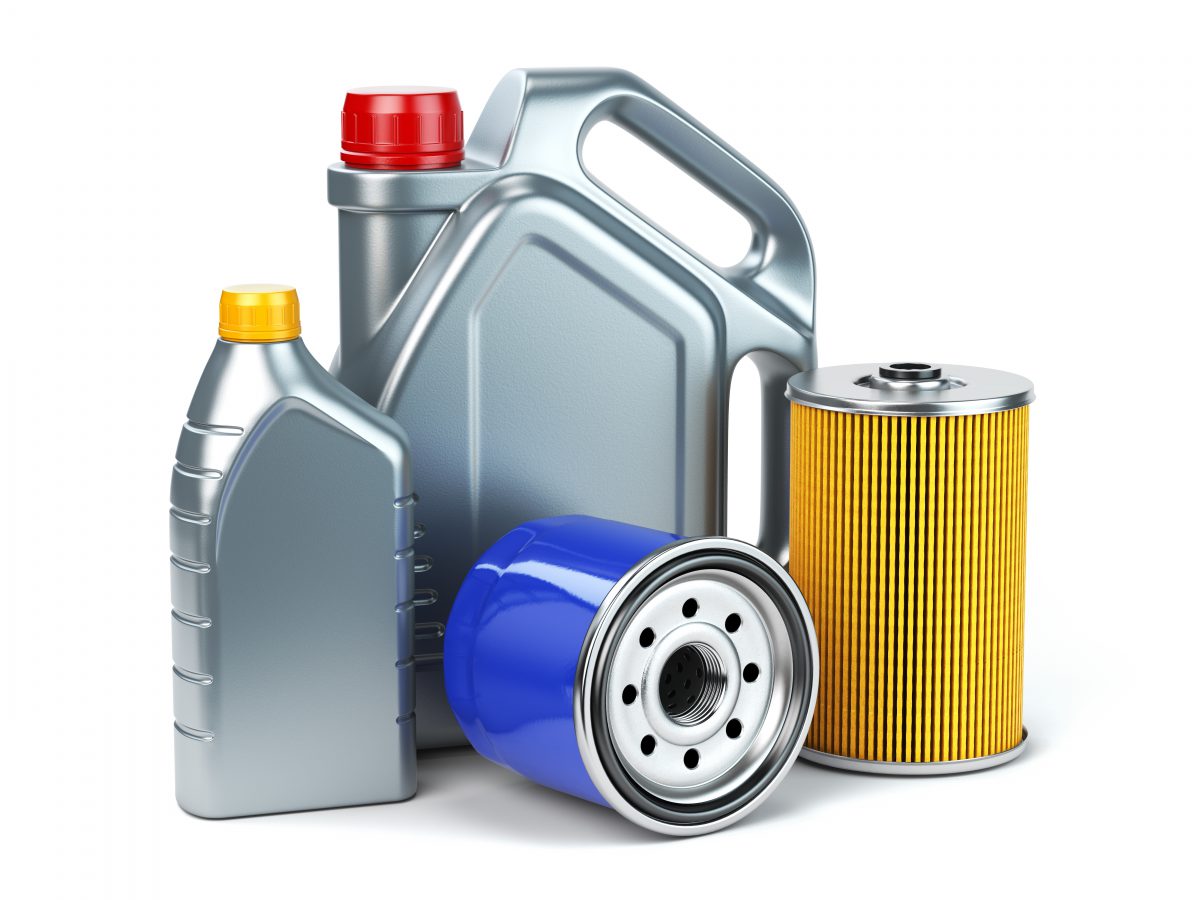Cut down on packaging, request less plastic and use AmazonSmile to generate donations for nonprofits like I Love A Clean San Diego by choosing us as your beneficiary.
As we head into the giving season, I Love A Clean San Diego offers some resources and suggestions to be environmentally conscious while also stretching your purchases to support nonprofits when using Amazon.
Fortune Magazine predicts online sales will grow by 25 to 35 percent this year as fewer consumers purchase in stores during the COVID-19 pandemic. Many of those purchases will be made through Amazon. Like the more than one million charitable organizations on AmazonSmile, I Love A Clean San Diego benefits from those who choose our nonprofit as their beneficiary when shopping through this service. While our organization is grateful for the donations we receive through these purchases, online shopping is responsible for producing alarming amounts of unnecessary waste.
So, please consider these seven tips before logging on for convenience. You’ll lower your environmental footprint and automatically spread social good.
1. Refuse, Reduce and Reuse
While online shopping can be attractive for hard-to-find necessities, unfortunately, the service is not always the best option for the environment. Overseas manufacturing, coupled with transportation from shipping and home delivery releases tons of greenhouse gasses throughout the process. Additional packaging for delivery adds significantly to the waste stream.
It’s true that online shopping provides convenience and competitive prices, but you might take this as an opportunity to pause and consider the bigger picture and ask – do I really need this thing?
Considering the Boston Globe reported “one out of 10 American households rents a storage unit,” located in one of nearly 52,000 storage facilities nationwide, one might conclude we don’t really need more stuff.
Refusing to buy disposable or less durable products, especially plastics, is the most significant way to reduce waste. Reducing what we purchase still brings joy without excess that ultimately contributes to growing landfills.
2. Shop local and support your community
The list of positive reasons to shop local are far too long include in this article! The bottom line is this –
the more money we choose to keep in our communities makes for a more resilient economy and sustains local employment. Shopping local sustains the character and fabric of a city or town and is the most environmentally friendly purchase anyone can make. Choosing to buy products from local eco-conscious brands takes it a step further to enhance local economies and do less harm to our environment.
Shopping domestically produced goods is yet another way to add a greater level of environmental mindfulness to a purchase. Cheap items from overseas are on the fast track to the landfill. Here in San Diego County, the region’s largest landfill in Miramar is scheduled to reach capacity and close in 2030. Then what?
3. Shopping on Amazon? Use AmazonSmile
When you are choosing to shop online, make a conscious choice and shop using AmazonSmile. AmazonSmile donates 0.5 percent of eligible purchases directly to registered nonprofits like I Love A Clean San Diego. Supporting a nonprofit comes at no additional cost to you and is a great way ensure these organizations can continue to spread good in the world. It only takes a second to switch from Amazon to AmazonSmile and make your purchase go farther. You can also access AmazonSmile from the mobile app. Use the link above for directions.
4. Don’t Rush, Reduce the Carbon Footprint
When choosing to shop on Amazon, consider the effects Amazon Prime has on our environment. The option for same-day, one-day or two-day shipping increases our carbon footprint and releases unnecessary greenhouse gases as manufactures and shippers rush to get individually packaged products on your door step as quick as possible. Fast shipping contributes to a transportation sector that is already the largest source of air pollution in the world. More delivery trips to the door means more fuel burned.
Select no rush shipping and group your purchases. By choosing to send multiple purchases to your door at one time, you reduce the carbon footprint dramatically and will be equally elated as your items arrive together. Group shipping also reduces unnecessary packing for individually shipped products.
Amazon Prime members – choose Amazon Day Delivery and opt to have your eligible purchased items sent to you on a single day of the week of your choosing. Orders will be combined into fewer boxes and collectively delivered once a week. Save packaging, save delivery runs, save our planet.
5. Shop Frustration Free!
We know there is an absolute cost to convenience. National Geographic published an infographic, illustrating 40 percent of plastic produced is packaging and is used just once before it is discarded. In addition, the magazine noted that some 18 billion pounds of plastic waste flows into the oceans every year from coastal regions. Plastic never fully decomposes and is detrimental to the health of wildlife on land and in the oceans.
Want the dollars and sense of packaging costs to you? The University of Florida Institute of Food and Agricultural Sciences says, “the average cost of packaging is $1 for every $11 spent. Nine percent of the amount you spend on any product is probably the cost of its packaging.”
Frustration Free shopping on Amazon only takes a second and can save waste for a lifetime.
Amazon has an option to shop products that will ship in their own packaging, no additional packing needed and no extra waste. Here’s the deal – Amazon’s Certified Frustration Free Packing Program is designed to reduce waste, tested to ensure items are not damaged while shipped and includes recyclable materials. When shopping online, it’s a no brainer.
When you log in to your AmazonSmile account, select Amazon Frustration-Free Packing from the dropdown on the left side of the search bar or type directly into the search bar itself. From there, shoppers have access to all products that are included in this reduced waste program.
6. Go the extra mile. Go plastic free!
Feel like going the extra green mile? Email cs-reply@amazon.com and request a reduction in plastic and packaging on your account. Amazon will apply this request to all your purchases going forward.
7. Recycle Right
The Environmental Protection Agency reported containers and packaging make up a major portion of municipal solid waste, amounting to 80.1 million tons (United States, 2017). Imagine what that number looks like now with the explosion of home delivery during the COVID-19 pandemic.
According to the Washington Post, by 2050, there will be more plastic than fish in the world’s oceans. This alarming statistic demands consumers reduce waste and recycle whenever possible to preserve our endangered ocean and wildlife.
Amazon Second Chance eliminates the guessing game of which packaging items can be recycled. Check out which Amazon packages can be recycled and learn how to correctly recycle or dispose of each unique item. Amazon Second Chance is also a great resource for purchasing second hand or pre-owned items to reduce waste.
I Love A Clean San Diego founded and maintains WasteFreeSD as a one-stop resource to help residents around the county recycle right and properly dispose of items that would otherwise end up in landfills. As shoppers replace household items of all kinds, it is essential that those items are recycled whenever possible and stay out of the landfills. Click on Recycle Right for additional resources.
Now that you have all the tools to shop online while making a conscious effort to preserve the environment and spread social good to non-profits – you’re ready for the holiday season! I Love A Clean San Diego appreciates all donations made to our organization through AmazonSmile as we continue to lead and inspire our community to actively conserve and enhance the environment through example, outreach, and local involvement.
If you have more helpful tips on how to shop more eco-consciously online, let us know!



